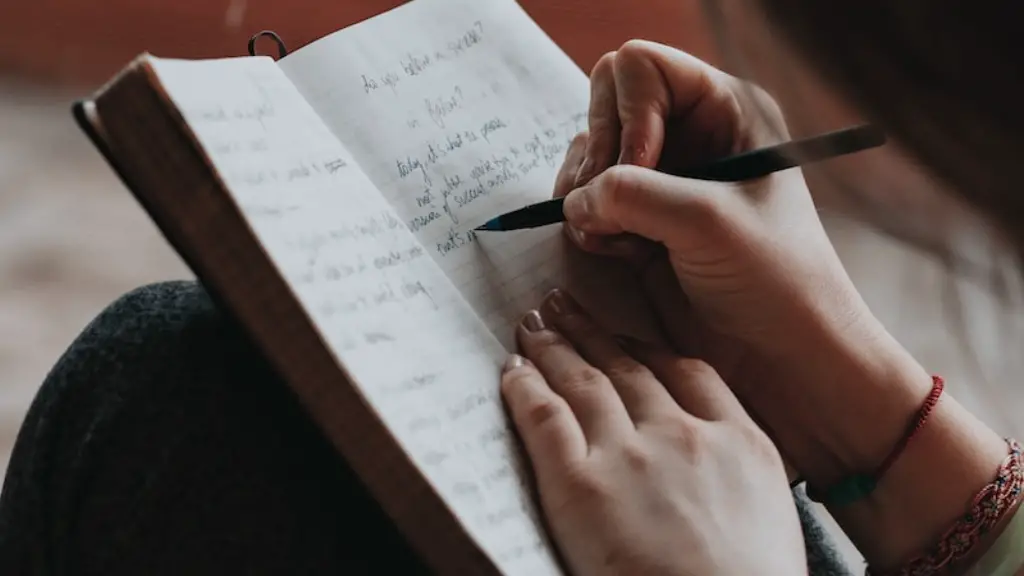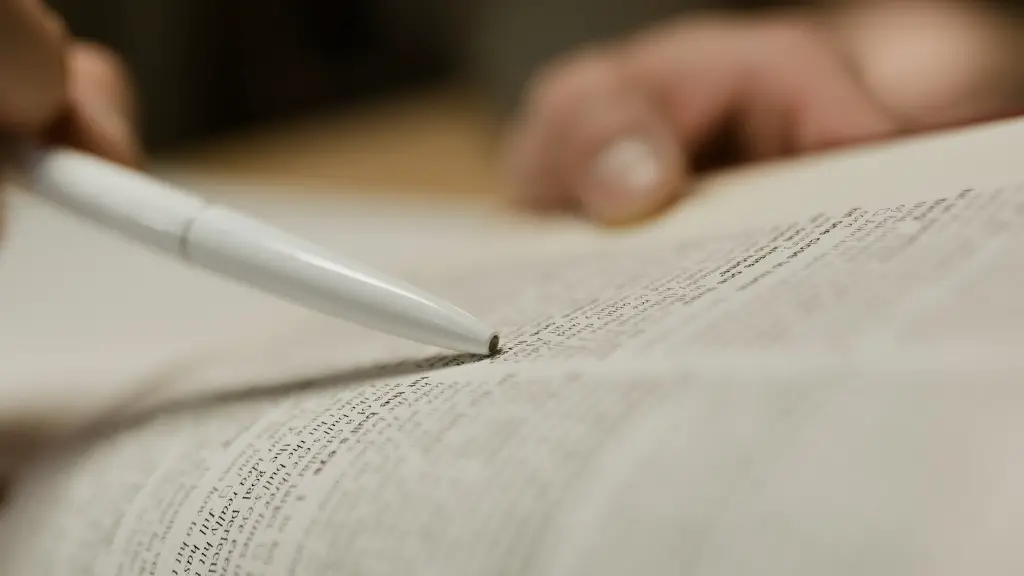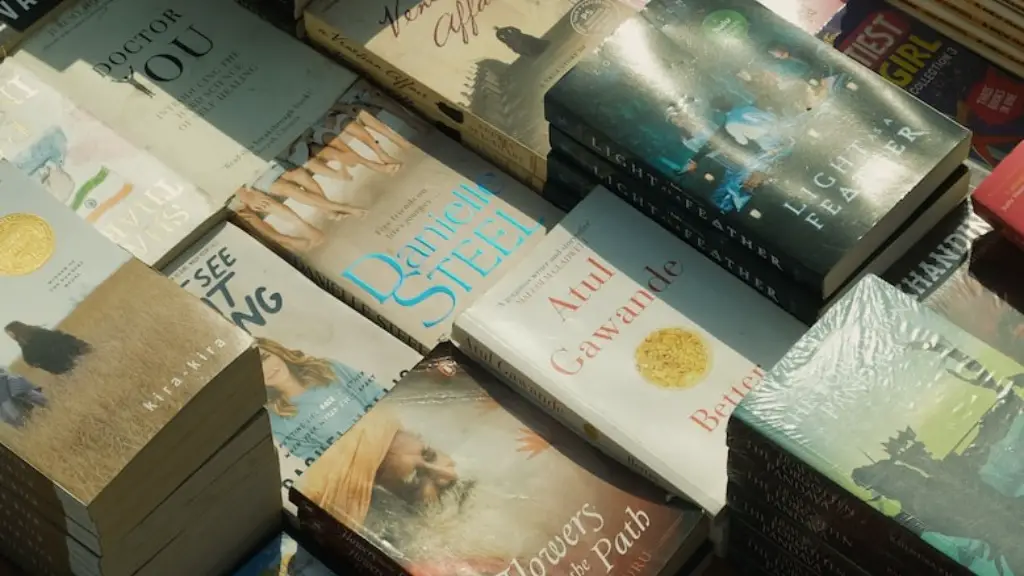Introduction
Teaching poetry to students is an engaging and rewarding process. With a mix of creativity, dedication and organization, you can effectively introduce the fundamentals of poetry to any group of students. Poetry can be used to express a range of emotions, to think about history and to explore language in all of its forms.
Appreciation
Poetry is an art form, and it is important to explain to students why it has been so important throughout history. Remind them of its power: what it has the capacity to say, how its images can be used to transport the reader to a distant world, and how its words live all around us in literature, film and music.
Exploring Themes
Discussing poetry themes is an important part of teaching poetry. Select a poem to explore in detail. Ask your students to talk about the poem’s meaning, its structure and how it works. Invite the students to consider the relevance of the poem’s themes to the modern world and current events. Let the student’s reactions guide the conversation in a relaxed and open way.
Creative Writing Techniques
Another way to engage your students with poems is to use creative writing techniques to bring the themes to life. Ask them to write their own poems, or to rewrite the poet’s words in their own voice. This allows students to respond to the poem and to express their feelings on the subject.
Re-using Poetry
Encourage your students to be creative with their own work. Ask them to re-use poems by writing and performing new poetic works based on the original. This helps to open up new possibilities and engages with the text in a creative and innovative way.
Performance
Poetry is meant to be performed and enjoyed. Ask your students to perform their work in front of each other and discuss the differences between reading and hearing a poem. Make this an interactive session and encourage the students to listen and give constructive criticism to their peers.
Finding Inspiration
Poetry offers an opportunity for students to express themselves and to explore their own voice. Ask them to look for inspiration in the world around them and to explore their own creativity by writing and performing new works. This provides an outlet for students to voice their thoughts and practice their writing.
Exploring Forms
Different poetry forms can be explored and discussed in the classroom. These can include haiku, sestinas, sonnets, odes and more. Introduce different forms and explore with the students their intent and their construction.
Analyzing
Discuss with the students how to analyze a poem. Focus on imagery, sound, structure, form and its relevance to today’s world. Ask students to identify its form, underlying themes, symbols and analogies. Ask them to explain their interpretations, defend them and give their own insight on the poem.
Collaboration
Encourage your students to work together in groups. Ask them to come up with a poem based on the theme being explored, or a variation on a classic poem. The groups can then take turn to read their works out loud and discuss them among other groups.
References
Provide students with reference materials to help them explore the world of poetry. These can include biographies of poets, critical essays on poems and poetry anthologies. These can help to provide insight on the different styles, influences and intentions of the works being discussed.
Extras
In addition to the above, there are other activities to get students interested in poetry. These include creating posters, finding sound clips to illustrate the poem, and exploring the works of a selected poet. This can open students’ eyes to the limitless potential of the written word, and give them the confidence to express themselves in both poetry and prose.



